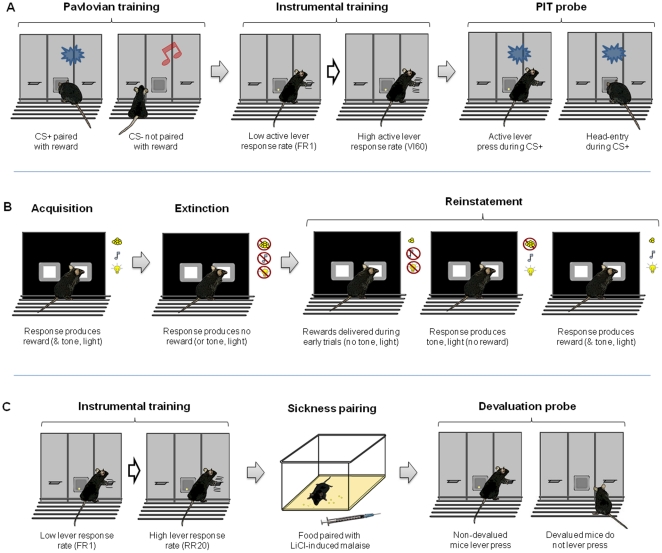Figure 1. Cartoon depictions of the main procedural elements of the reward-related paradigms studied.
(A) Pavlovian-instrumental transfer. Mice were first trained to discriminate between one auditory cue (CS+) which was predictive of the delivery of a food reward and a second auditory cue (CS−) not associated with reward. Instrumental training, starting with a continuous schedule of reinforcement, progressed through increasingly sparse variable interval schedules of reinforcement to increase the rate of pressing on the active lever (AL) delivering food reward. Presses on a second, inactive (control) lever (IL) had no programmed consequences. During the PIT probe test, lever presses during presentations of the CS+, CS− and inter-trial interval (ITI) periods were recorded as well as Pavlovian approach behavior (head-entries (HE) into the magazine). (B) Acquisition, extinction and reinstatement of an instrumental response. Mice were trained to respond to a visual stimulus on a touchscreen to obtain a food reward (delivery of which was concomitant with a compound light/tone stimulus to serve as a conditioned reinforcer). During extinction training, responses produced no reward or conditioned reinforcement. Response were subsequently reinstated either by non-contingent delivery of reward and conditioned reinforcers (CR) during the first six of thirty trials (Reward6+CR6), delivery of the CRs during all thirty trials (CR30), or a combination of these two procedures (Reward6+CR30). (C) Malaise-induced reinforcer devaluation. During instrumental training, mice were trained to lever press on a random ratio reinforcement schedule for food reward. Next, on separate session conducted in the home cage, free availability of food pellet was paired with LiCl-induced malaise (Devalued group) or Food and LiCl injections were given unpaired (Non-devalued group). The effect of US-devaluation on lever pressing and magazine head entry was examined in the absence of the primary food reward (i.e. extinction) in the conditioning chambers.

